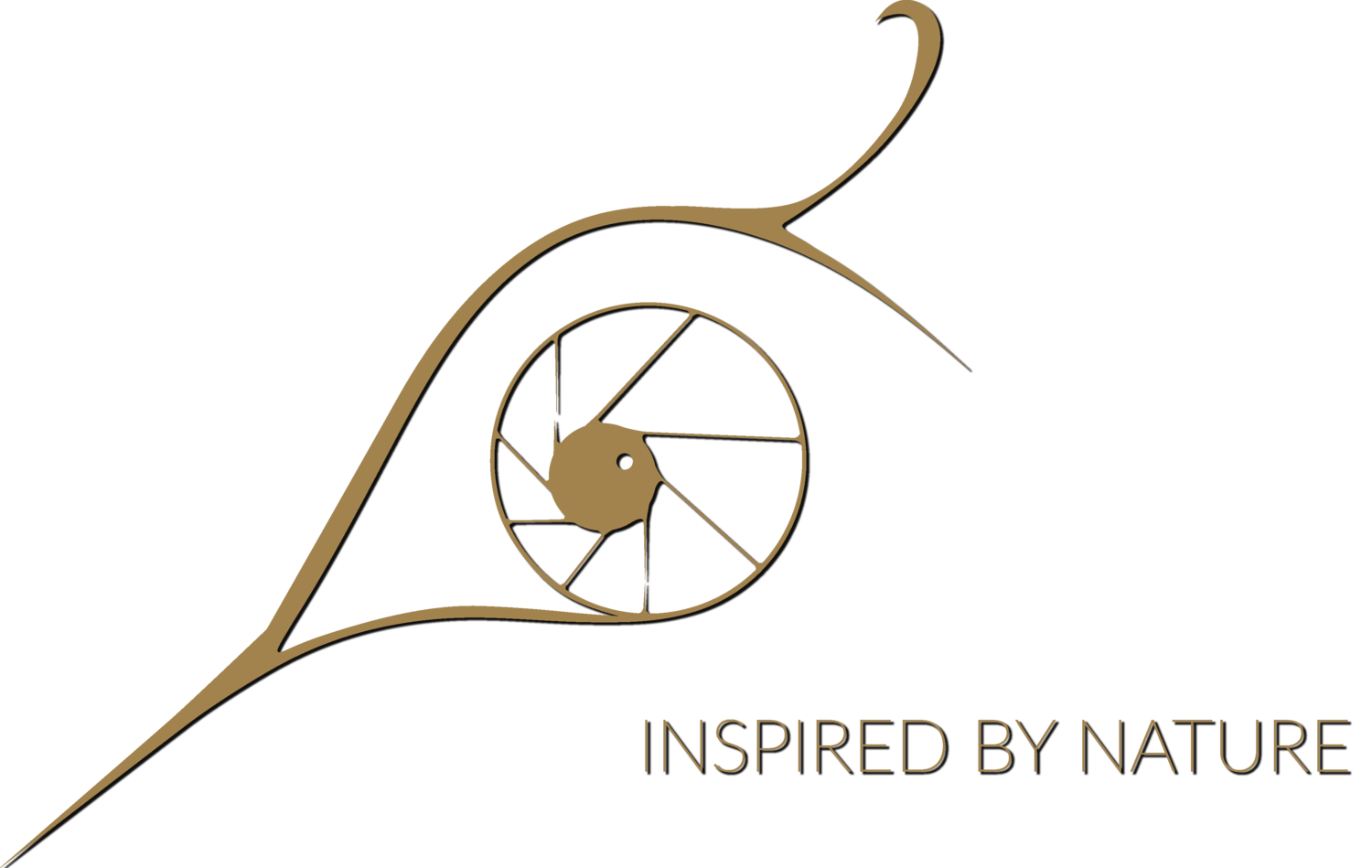Mt. Washburn Trail


The 10,243 feet (3,122 m) Mt. Washburn, in the north central part of Yellowstone, is the park’s most prominent peak and a popular day hike option in the mild summer months. It’s not a particularly difficult summit to bagplus the views from atop the mountain are truly breathtaking. There are no large mountains anywhere in the vicinity of Mt. Washburn and therefore, on a clear day, almost the whole of Yellowstone, the distant Tetons and the Absaroka Mountain Range come into great view. The summit area has an operational firehouse (where rangers scan the park for wildfires), a weather station and an indoor observation deck with toilets hikers can use to rest, warm up and breathe in the view.
There are three trails that reach the summit and all are open in the snow free months, from May/June to October.
PRECAUTIONS
Mt. Washburn South trailhead
Grizzly and Black bears often wander below the timberline of Mt. Washburn, therefore bear spray must be carried at all times. Summer brings afternoon thunderstorms, check the weather beforehand. Most of all, it’s freaking cold and windy at the summit, much colder than at trailhead.
TRAILHEAD(S)
As I mentioned, there are three different routes to the summit of Mt. Washburn. The most popular, southern trail is the longest (3 miles) and steeper than the northern trail (2-1/4 miles), but it is generally considered a more interesting hike. The third, longest way to summit Mt. Washburn is via Seven Mile Hole Trail, which forks at around 3 mile marker for a steep, 2-1/2 miles ascent (5-1/2 miles total, one way). Here are exact locations of the three trailheads:
Mt. Washburn South Trail
Mt. Washburn North Trail
Seven Mile Hole Trail
This was our first visit to the Yellowstone Highlands and therefore we’ve chosen the recommended, Southern trail to summit Mt. Washburn. It takes approximately 3 to 4 hours to finish this hike.
THE HIKE
Mt. Washburn Trail
We’ve got up quite early for this hike to avoid crowds and midday sun, arriving at the trailhead around 7am. The views along the road to the trailhead are amazing. This ishigh country and you can see pretty much all of Yellowstone, if the weather cooperates. At the beginning of the ascend, we were greeted by a family of elk grazing on the still green pastures on the mountain slopes. The couple that started few minutes after us later told us they’ve stumbled upon a black bear crossing the trail just a few feet from them.
Elk, Mount Washburn Trail
Mt. Washburn hike
Once the forest thins, the scenery becomes alien-like, with huge boulders scattered on both sides of the trail, low shrubs and lichen fighting for space among them. A duo of birds of prey (mostly likely ospreys) was circling above us, trying to catch a meal of pika or ground squirrel that call this treeless, alpine tundra, home.
Ground squirrel enjoying the sun in Mt. Washburn
The temperature dropped quickly and wind picked up once we reached the summit area. It was good 10 degrees Fahrenheit colder than at trailhead and the indoor observation area proven to be a sweet breakfast stop with amazing panorama view of the surrounding landscape. From the observation deck, we’ve seen the vast, green forests, a faint outline of Yellowstone Lake, as well as part of the amazing Grand Canyon of Yellowstone.
Mt Washburn Trail
On the way back, when you reach the 4-way intersection where all three trails meet, you can take a short diversion to the left (the Seven Mile Hole trail) and walk few hundred feet for a different view of Yellowstone expanses.
Mt. Washburn Peak
Mt. Washburn trail is a fairly easy and enjoyable peak to summit that offers an unobscured view of the Yellowstone landscape. If you have time for only one mountain hike, consider Mt. Washburn trail- you won’t be disappointed! Also, make sure to visit Dunraven Pass, the highest point in the Grand Loop Road (at 8,878 feet (2,706 m) of elevation) after completing this hike
Fire Tower Mt. Washburn
GALLERY
















